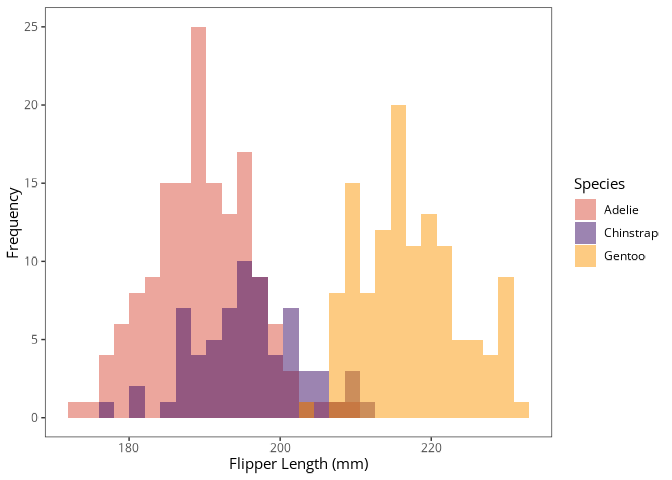

brandr is an R package designed to facilitate brand
identity management using the brand.yml standard. It
provides functions to consistently access and apply brand colors,
typography, and other visual elements across your R projects.
Unlike Posit’s thematic
package, brandr offers more refined control over brand
assets.
Please note that brandr is not affiliated with
Posit.
You can install the released version of brandr from CRAN with:
install.packages("brandr")And the development version from GitHub with:
# install.packages("remotes")
remotes::install_github("danielvartan/brandr")brandr is equipped with several functions to help you
use your _brand.yml file, like:
color_brand_sequential(),
color_brand_diverging(),
color_brand_qualitative(): Sequential, diverging, and
qualitative brand color palettesscale_brand(), scale_color_brand_d(),
scale_color_brand_c(), scale_color_brand_b(),
scale_fill_brand_d(), scale_fill_brand_c(),
scale_fill_brand_b(): Discrete, continuous, and binned
brand color scales for ggplot2get_brand_color(): Get a brand color by name (e.g.,
primary)get_brand_color_tint(): Get a brand color tintget_brand_color_mix(): Get a mix of brand colorsget_brand_font(): Get a brand font by name (e.g.,
headings)Example:
library(brandr)
library(ggplot2)
library(palmerpenguins)
penguins |>
ggplot(aes(x = flipper_length_mm, fill = species)) +
geom_histogram(alpha = 0.5, position = "identity") +
scale_fill_brand_d() +
labs(
x = "Flipper Length (mm)",
y = "Frequency",
fill = "Species"
)
_brand.ymlbrandr will always look for a _brand.yml
file in the root directory of your project. If the file is not found, an
error message will be displayed. You can also set the path to the file
manually using the options() function:
options(BRANDR_BRAND_YML = "PATH_TO_BRAND.YML")To control the colors of each brand color scale, assign hexadecimal color
codes in a character vector to the following options:
BRANDR_COLOR_SEQUENTIAL: For sequential color
scalesBRANDR_COLOR_DIVERGING: For diverging color scalesBRANDR_COLOR_QUALITATIVE: For qualitative color
scalesYou can use get_brand_color() to get the hexadecimal
color codes from the _brand.yml file.
Example:
options(
BRANDR_COLOR_SEQUENTIAL =
get_brand_color(c("primary", "secondary")),
BRANDR_COLOR_DIVERGING =
get_brand_color(c("primary", "white", "secondary")),
BRANDR_COLOR_QUALITATIVE =
get_brand_color(c("primary", "secondary", "tertiary"))
)Currently, brandr does not support the use of custom
fonts directly. This feature is planned for future releases.
In the meantime, you can use Yixuan Qiu’s showtext
R package to apply custom fonts/typefaces to your plots.
Below is an example of how to use the Google Font Open Sans in all
of your plots. This example assumes that the font files are located in a
ttf folder within your project directory.
library(brandr)
library(ggplot2)
library(here)
library(sysfonts)
library(showtext)
font_paths(here("ttf"))
font_add(
family = "open-sans",
regular = here("ttf", "opensans-regular.ttf"),
bold = here("ttf", "opensans-bold.ttf"),
italic = here("ttf", "opensans-italic.ttf"),
bolditalic = here("ttf", "opensans-bolditalic.ttf"),
symbol = NULL
)
showtext_auto()
theme_set(
theme(
text = element_text(
color = get_brand_color("black"),
family = "open-sans",
face = "plain"
)
)
)brandr code is released under the MIT license.
Contributions are welcome, including bug reports. Take a moment to review the Guidelines for Contributing.
Become a brandr supporter!
Click here to
make a donation. Please indicate the brandr package in your
donation message.